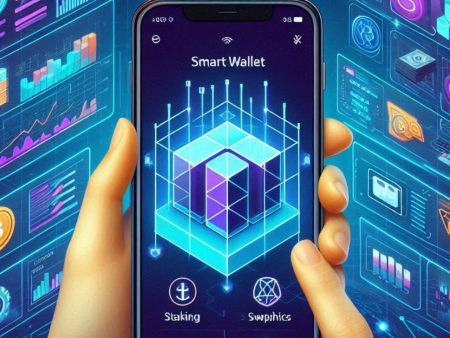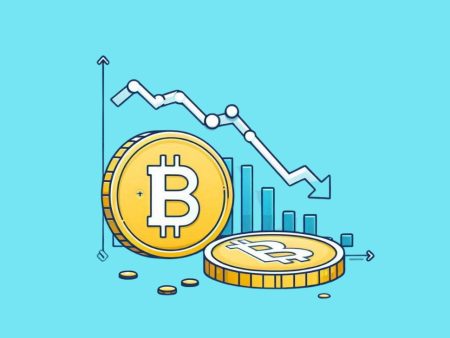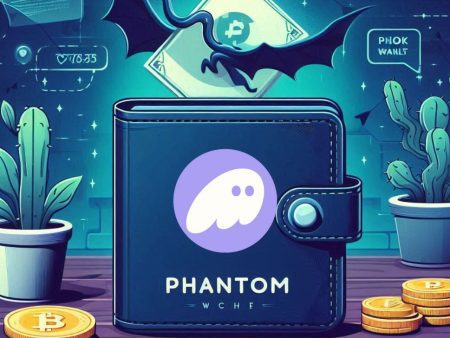Blockchain and Web3, with their revolutionary potential and promise of decentralization, are gaining increasing attention. You might be wondering about their key features, impact on the internet, and the challenges they face. This article from TopCoin9 will provide you with a clear and comprehensive understanding of these groundbreaking technologies.
Understanding Blockchain and Web3

To truly grasp how blockchain and Web3 are redefining the digital landscape, it’s essential to break down their core concepts and the relationship between them.
What is Blockchain?
At its foundation, blockchain is a decentralized, immutable ledger that records transactions securely without the need for intermediaries. By using consensus mechanisms such as Proof of Work (PoW) and Proof of Stake (PoS), blockchain ensures transparency, security, and trust in a digital environment.
Beyond financial transactions, blockchain supports various applications, from supply chain management to identity verification. Its role is also expanding rapidly through innovations like blockchain and AI, which are powering intelligent and secure automation across multiple industries.
But how does this connect to Web3 and its vision of a decentralized internet? Let’s explore the concept of Web3 next.
What is Web3?
Web3 represents the next stage of the internet’s evolution, where decentralization takes center stage. Unlike Web2, which is dominated by centralized entities, Web3 leverages blockchain technology to empower users with greater control over their data, identity, and digital assets.
By utilizing decentralized applications (dApps) and smart contracts, Web3 eliminates the need for intermediaries, creating a trustless and permissionless ecosystem. Now that we understand the fundamentals of Web3, let’s examine how blockchain serves as the backbone of this revolutionary technology.
The Connection Between Blockchain and Web3
A key question many ask is “how blockchain powers Web3?” Blockchain serves as the backbone of Web3 by enabling decentralized applications (dApps), smart contracts, and tokenized ecosystems. With blockchain, Web3 creates a trustless environment where transactions and interactions happen transparently without intermediaries.
This foundational role positions blockchain at the heart of the future of blockchain, where next-generation internet models prioritize user empowerment and secure digital value exchange now, let’s explore how this vision translates into real-world impact across the internet and various industries
The Impact of Blockchain and Web3 on the Internet
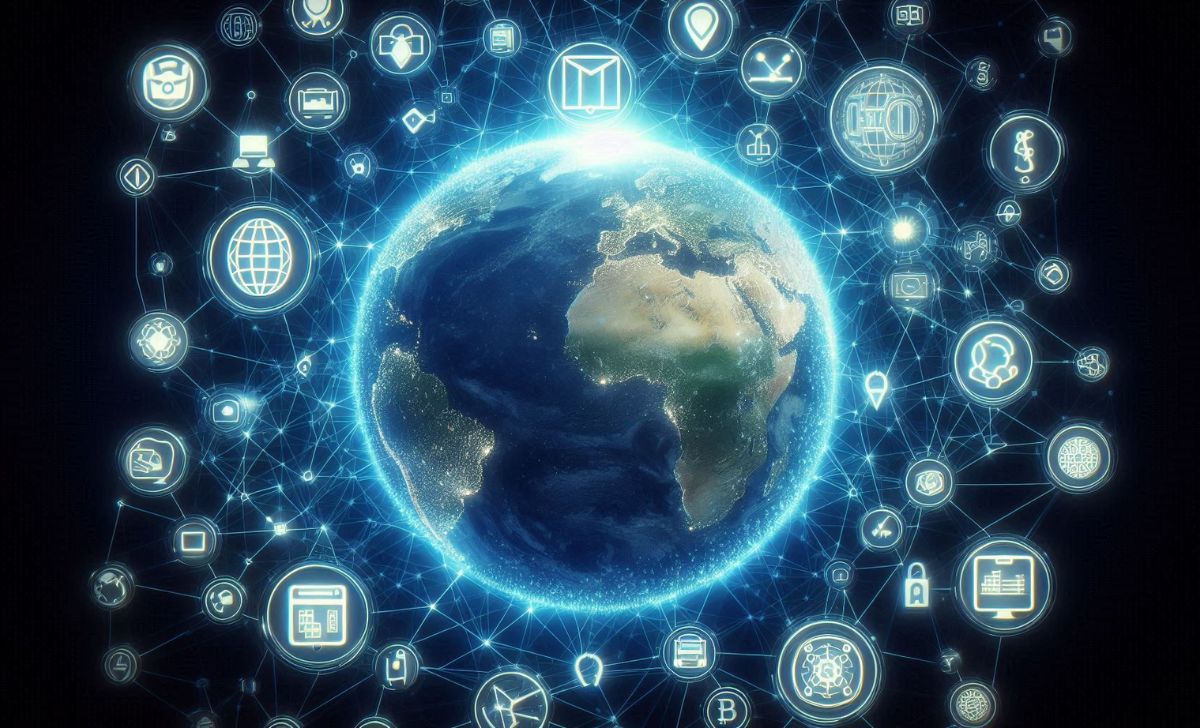
The integration of blockchain and Web3 is driving significant changes across multiple industries, redefining how users interact with the digital world.
Decentralization and Digital Ownership
One of the biggest advantages of Web3 is decentralization. It allows users to take control of their own data and digital assets through blockchain-based systems such as Non-Fungible Tokens (NFTs) and decentralized identity management. In contrast to Web2, where corporations monetize user data, Web3 ensures true ownership.
This shift toward digital ownership has also paved the way for innovative financial models. One of the most transformative changes comes in the form of Decentralized Finance (DeFi), which we will explore next.
Financial Revolution with DeFi (Decentralized Finance)
The financial sector is experiencing a massive shift thanks to Decentralized Finance (DeFi). Built on blockchain, DeFi eliminates traditional banking intermediaries, allowing users to lend, borrow, and trade assets without restrictions. This transformation highlights how blockchain powers Web3 by making financial services more accessible and permissionless.
While DeFi is revolutionizing finance, Web3 also addresses critical concerns regarding user privacy and security in the digital space. Let’s take a look at how Web3 enhances these aspects.
Enhanced Privacy and Security
With Web3, users no longer need to rely on centralized databases that are vulnerable to hacks and data breaches. By leveraging cryptographic protocols and decentralized identity solutions, Web3 enhances privacy while reducing risks associated with traditional authentication methods.
Beyond individual privacy, Web3 is also fostering new digital economies and business models. Let’s explore how businesses are leveraging blockchain in business to drive innovation and gain competitive advantages.
New Business Models and Digital Economies
Web3 is not just about individual users—it also opens up new opportunities for businesses. From Play-to-Earn (P2E) gaming to tokenized social networks, blockchain-based business models are revolutionizing how digital platforms generate revenue and distribute value.
While these innovations are promising, Web3 still faces several challenges that must be addressed for mass adoption. Let’s examine some of the biggest hurdles ahead.
Challenges and Limitations of Blockchain and Web3
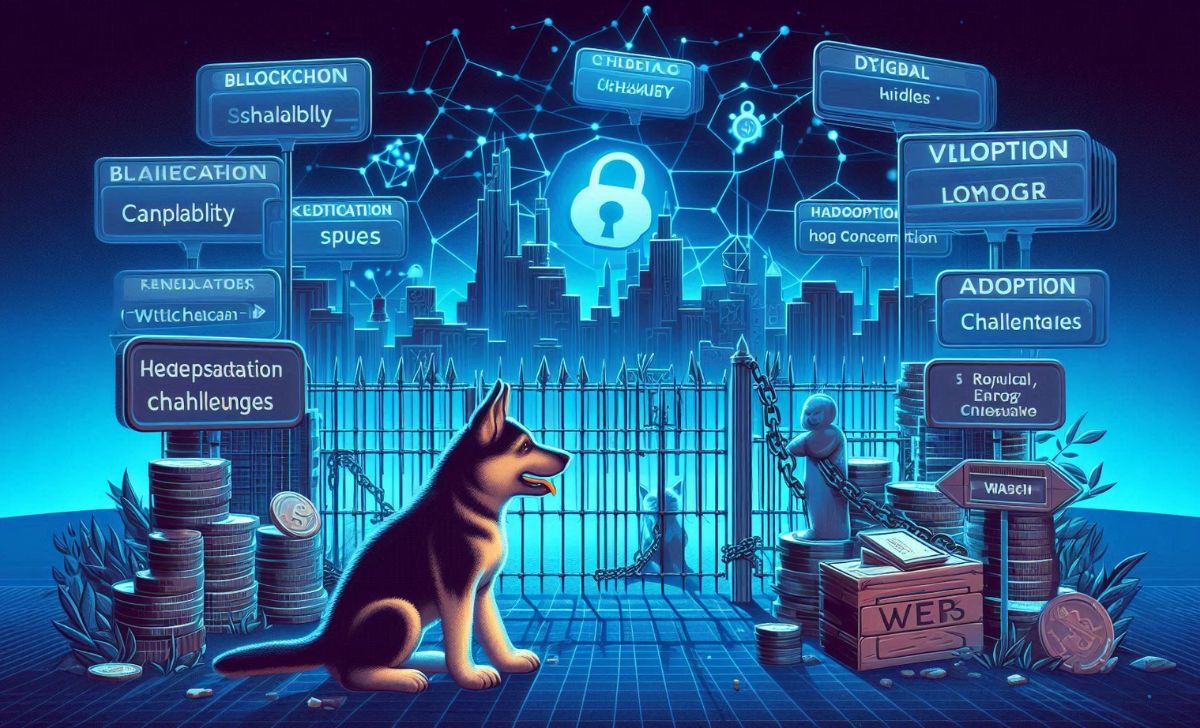
Despite its potential, Web3 technology explained in practical terms reveals several key limitations that could slow down its widespread adoption.
Scalability Issues and Transaction Costs
Many Layer 1 blockchains, such as Ethereum, face scalability problems that lead to high transaction fees and network congestion. To overcome this, developers are implementing Layer 2 solutions like rollups and sidechains to improve efficiency and reduce costs.
While scalability solutions are improving, another major challenge for Web3 adoption comes from regulatory and legal uncertainties. Let’s discuss how these factors impact the development of blockchain-based technologies.
Regulatory and Legal Concerns
Governments worldwide are still figuring out how to regulate Web3 applications, cryptocurrencies, and decentralized finance. As the legal landscape evolves, compliance challenges may pose obstacles to adoption.
Beyond regulation, usability and accessibility remain significant hurdles. The complexity of Web3 technology often prevents mainstream users from fully embracing it, which we will explore next.
Adoption Barriers and Usability Challenges
For many users, Web3 is still too complex. Wallet management, private key security, and unfamiliar interfaces make onboarding difficult. To drive mass adoption, developers need to create user-friendly solutions that simplify the Web3 experience.
With these challenges in mind, what does the future hold for blockchain and Web3? Let’s explore the potential developments that could shape the next decade.
The Future of the Internet with Blockchain and Web3

The ongoing advancements in blockchain and Web3 are setting the stage for a decentralized and user-driven internet. But what specific trends and innovations will define the future?
The Road Ahead: Innovations and Developments
New developments in Layer 1 and Layer 2 scaling solutions, improved cross-chain interoperability, and AI-powered blockchain applications will further enhance Web3’s capabilities. These improvements will help Web3 overcome its current limitations and reach mainstream adoption.
With technological advancements underway, the next crucial factor for Web3’s success is its real-world application across industries. Let’s examine how blockchain and Web3 are making an impact in practical scenarios.
Mass Adoption and Real-World Use Cases
As industries recognize the benefits of decentralization, we will see Web3 being integrated into digital identity management, supply chain transparency, and even governance models. Governments and enterprises are already experimenting with blockchain-based solutions to improve transparency and efficiency.
Looking beyond current developments, let’s make some predictions about how blockchain and Web3 will evolve in the next decade.
Predictions for the Next Decade
Looking ahead, the internet will likely transition toward a fully decentralized model where users can interact seamlessly without third-party control. Blockchain and Web3 will redefine online trust, data ownership, and financial freedom, fundamentally changing how we use the internet.
Blockchain and Web3 are transforming the internet by enabling decentralization, security, and user control. As this technology continues to evolve, understanding its impact is essential. Visit the knowledge section of TopCoin9 to explore more insights on this revolutionary trend!

As a certified blockchain security expert with over 8 years in cybersecurity, James Anderson specializes in auditing smart contracts and identifying vulnerabilities in DeFi protocols. His expertise ensures that TopCoin9 delivers reliable insights on blockchain security and risk management.
Email: [email protected]
